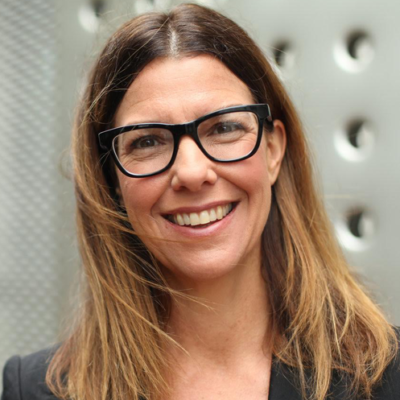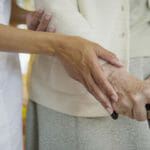
Long-term care communities have been on the front line of the COVID-19 pandemic from the beginning, and they have the most at stake in finding ways to detect a case — or an outbreak — immediately, effectively and cost-efficiently.
For LTCs, the focus has been on enhanced cleaning measures and human diagnostic testing mandated and funded by the state. These tests might be swabs or saliva, PCR or rapid testing. Responsible LTC leaders are doing these tests as frequently, and as widely, as they possibly can, in an effort to find a case before it infects staff, residents, and visitors.
Still, the threat mounts. In Oregon, for example, COVID-related deaths in LTC facilities make up 57% of the state’s coronavirus death totals.
As cases climb to frightening numbers in this wave, for almost any LTC facility, it’s becoming necessary — and simply impossible — to test every single person, every day.
No one can afford to test. No one can afford to wait.
The time and effort to even gather swabs becomes consequential, and the costs become even more prohibitive. The American Health Care Association calculated that testing every staff member and resident in long-term care facilities would cost the United States nearly half a billion dollars per week.
The reach (to staff members, visitors and residents) is crucial to make sure that no asymptomatic or stray cases get missed. But even more important is the frequency.
Reliable PCR-based tests might take 48 hours or longer to return results; 25% of LTCs wait more than five days. Waiting a week to discover a few cases on site is obviously a very scary idea. In Arkansas recently, nursing homes saw infections triple in 28 days.
The dawn of environmental testing
With no time to waste, some employers and institutions around the world have begun turning to environmental testing for the front lines of detection. As opposed to human diagnostic testing (looking for infections in people), environmental testing analyzes the traces produced by infectious people on site. It means testing a school instead of all the students, or a skilled nursing facility instead of all of its residents, staff and visitors.
One environmental technique that’s increasingly common is wastewater testing, in which sewage can be sampled and sequenced to determine if SARS-CoV-2 is present and being shed on site. This works in some cases (where the plumbing is accessible, and can be specific enough to be meaningful) and not others, but provides a snapshot. That snapshot can either reassure everyone that SARS-CoV-2 is not present, or trigger an alert that it’s being shed somewhere in the building or neighborhood.
My research over many years has been in indoor environmental testing, detecting microbes that are in the built environment. Every time an infected person exhales, whether they are symptomatic or not, they are shedding virus into the room; this is what makes them contagious. By looking for traces of the virus that end up on surfaces (a doorknob? a keyboard? a faucet?) we can determine that an infectious person was in proximity.
This means we don’t need to test everyone on the third floor, to learn that no one on the third floor is infectious. Nor do we need to test everyone on the fifth floor, to learn that someone is infectious. We can follow that up with a small number of targeted human diagnostic tests to discover who is infected and isolate and treat them quickly.
As opposed to the 5-plus days that many experience with PCR human testing, we can discover there’s a case on the fifth floor within 24 hours. As opposed to testing every single person, we can save the tests for those we discover to be in proximity to the virus.
Walls can talk. We should listen.
There is a very high probability that COVID will continue to find its way into long-term care facilities with sharp upticks through the winter. But when it enters a facility, we can detect it in the facility itself far quicker than we can detect it in every single person there.
Some of the testing should be of the air itself, which requires very specialized equipment; some will be of common surfaces (like those doorknobs, keyboards and faucets), which is easier to collect and ship for analysis.
But however we learn to listen to the long-term care environments themselves, we should listen urgently, carefully and frequently. What they tell us may well save the lives of the people inside them.
Jessica Green, Ph.D., is CEO and co-founder of Phylagen, an environmental genetics company that monitors the microbiome in buildings and supply chains to assure cleanliness, customer and worker safety, and brand fidelity.





